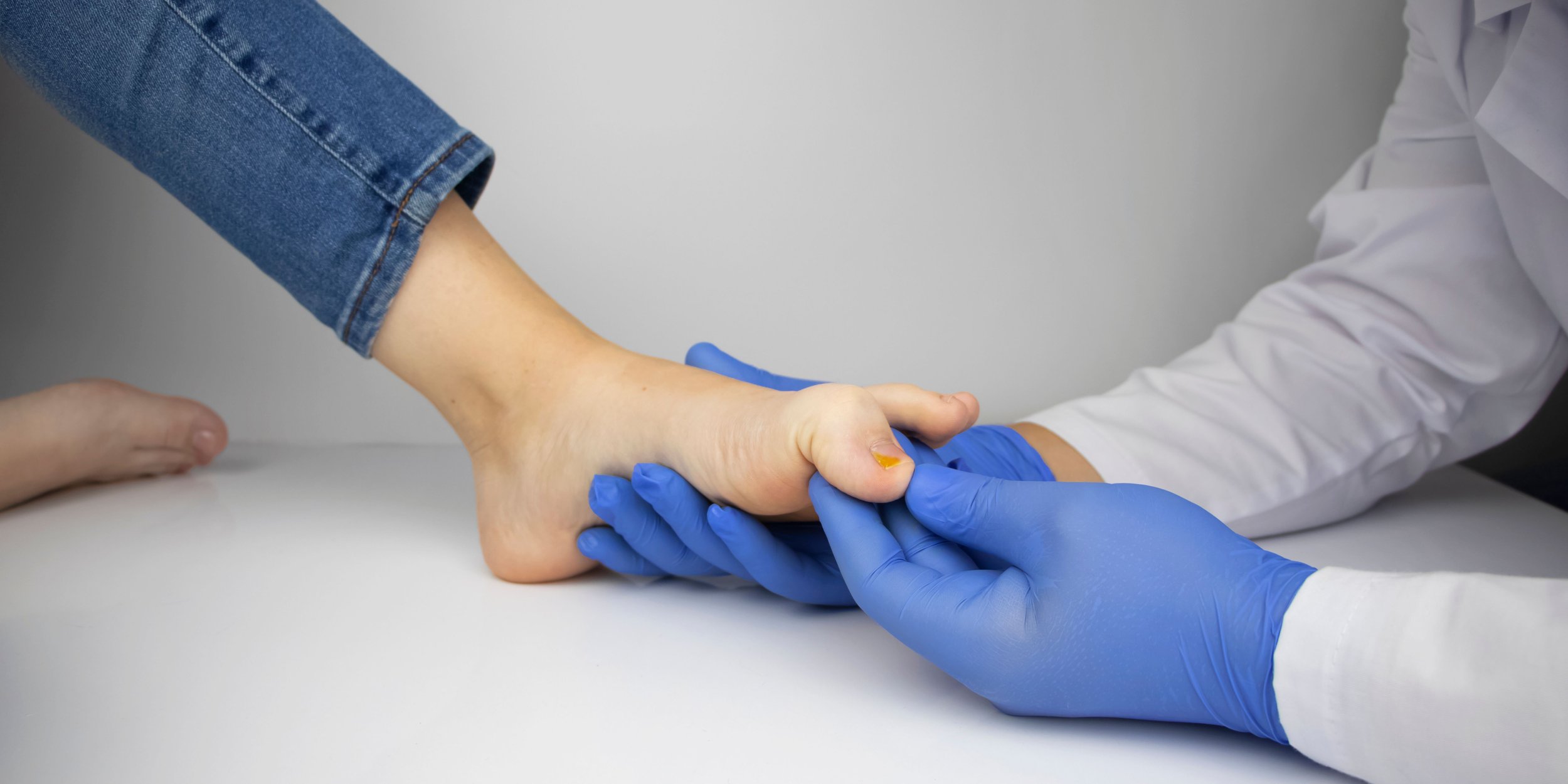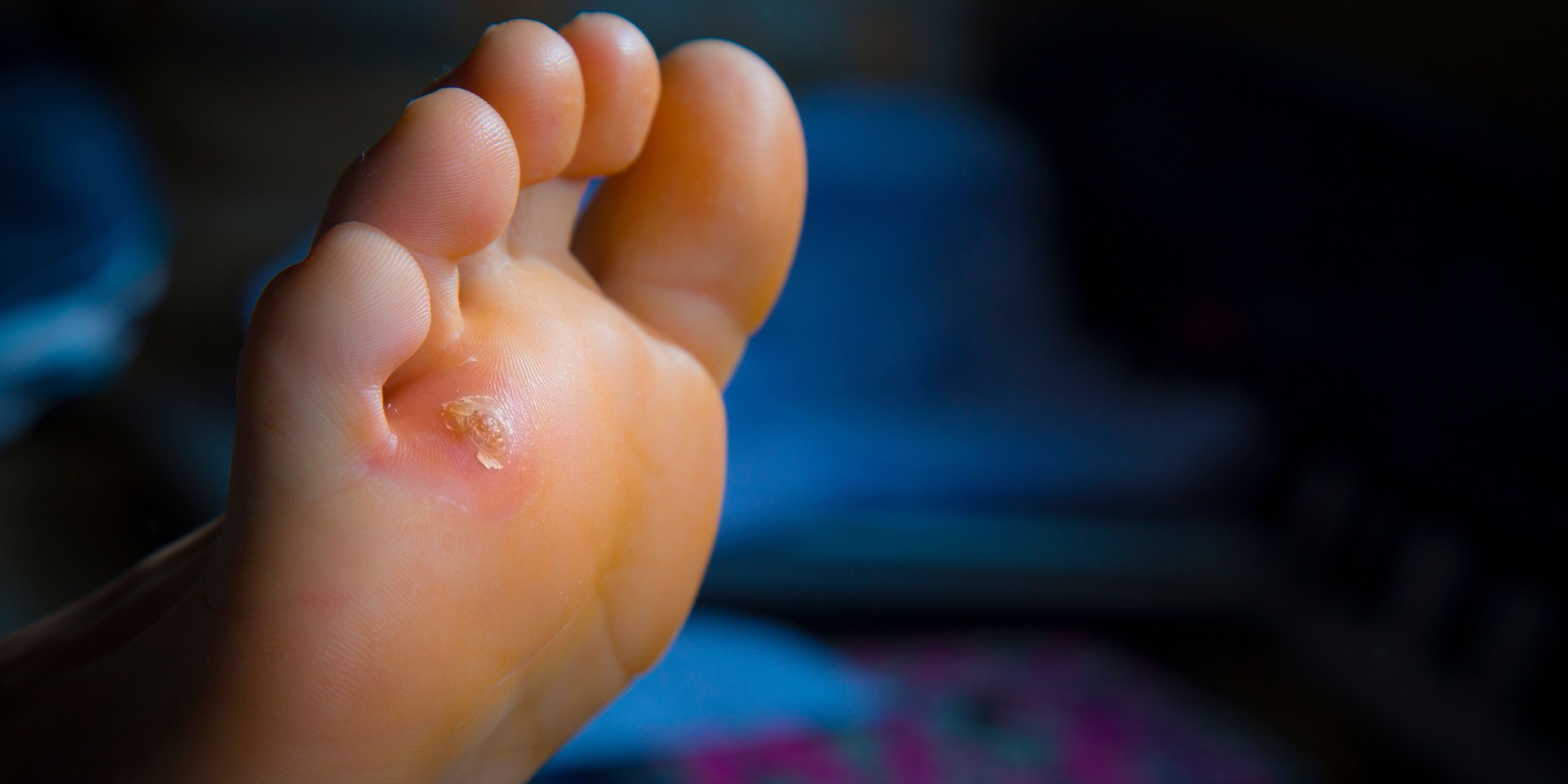Orthobiologics: The Future of Chronic Wound Healing
In the realm of podiatric medicine, a revolutionary approach is reshaping the landscape of chronic wound treatment, particularly for diabetic patients. Orthobiologics, a cutting-edge field at the intersection of orthopedics and biology, is offering new hope to millions suffering from persistent, non-healing wounds. This innovative therapy harnesses the body's own healing mechanisms to accelerate tissue repair and regeneration, potentially transforming the management of diabetic foot ulcers and other chronic wounds that have long plagued patients and challenged medical professionals.
As the incidence of diabetes continues to rise globally, so does the prevalence of its complications, including chronic foot ulcers. These wounds, notoriously difficult to heal, can lead to severe infections, amputations, and a significant decrease in quality of life. Traditional wound care methods, while beneficial, often fall short in addressing the complex healing challenges presented by diabetic patients. Enter orthobiologics – a beacon of hope in this medical quagmire.
What are Orthobiologics?
Orthobiologics represent a class of medical treatments derived from substances naturally found in the human body. These biological materials are used to promote healing of muscles, bones, and other tissues. In the context of wound care, orthobiologics primarily refer to growth factors, stem cells, and other cellular components that play crucial roles in the body's natural healing processes.
The cornerstone of orthobiologic therapy in wound healing is the use of platelet-rich plasma (PRP), bone marrow aspirate concentrate (BMAC), and amniotic tissue products. PRP, for instance, is created by concentrating platelets from a patient's own blood. These platelets are rich in growth factors that stimulate cell proliferation, angiogenesis (formation of new blood vessels), and tissue regeneration. BMAC, on the other hand, contains a high concentration of stem cells and growth factors derived from the patient's bone marrow, offering potent regenerative capabilities.
Amniotic tissue products, including amniotic membrane and amniotic fluid derivatives, have gained significant attention in recent years. These materials, sourced from donated placental tissues, are rich in growth factors, cytokines, and extracellular matrix proteins that support wound healing. The use of these orthobiologic products in wound care represents a shift from passive treatment approaches to active, biology-driven interventions that aim to jump-start and accelerate the healing process.
How Orthobiologics Work
The mechanism of action of orthobiologics in wound healing is multifaceted and involves a complex interplay of cellular and molecular processes. At its core, orthobiologic therapy aims to recreate and enhance the natural wound healing cascade, which consists of four overlapping phases: hemostasis, inflammation, proliferation, and remodeling.
When applied to a chronic wound, orthobiologics like PRP release a concentrated dose of growth factors and cytokines. These bioactive molecules act as signaling agents, recruiting stem cells and other reparative cells to the wound site. They also stimulate the proliferation and differentiation of these cells, promoting the formation of new blood vessels (angiogenesis) and the synthesis of extracellular matrix components such as collagen.
In diabetic wounds, where healing is impaired due to factors like reduced blood flow, impaired angiogenesis, and decreased growth factor production, orthobiologics can provide the missing elements needed to kickstart the stalled healing process. For instance, the vascular endothelial growth factor (VEGF) present in PRP can stimulate the formation of new blood vessels, improving circulation to the wound area. Meanwhile, transforming growth factor-beta (TGF-β) promotes the deposition of new extracellular matrix, essential for wound closure.
Stem cells, whether derived from bone marrow aspirate or amniotic tissues, offer another powerful tool in the orthobiologic arsenal. These multipotent cells can differentiate into various cell types needed for wound repair, including fibroblasts, endothelial cells, and keratinocytes. Moreover, they secrete paracrine factors that modulate the local immune response, reduce inflammation, and create a more favorable environment for healing.
Benefits for Diabetic Wound Healing
The application of orthobiologics in the treatment of diabetic foot ulcers and other chronic wounds offers several significant advantages over traditional wound care methods. First and foremost is the potential for accelerated healing. By providing a concentrated dose of growth factors and stem cells, orthobiologic treatments can jumpstart the healing process, potentially reducing healing times by weeks or even months compared to standard care.
This acceleration of wound closure is particularly crucial in diabetic patients, where prolonged wound duration increases the risk of infection and other complications. Faster healing means a reduced risk of amputation, a devastating outcome that is all too common in cases of chronic diabetic foot ulcers. Moreover, the improved healing rates associated with orthobiologic treatments can lead to significant cost savings for both patients and healthcare systems, as it reduces the need for prolonged wound care and repeated interventions.
Another key benefit of orthobiologics is their ability to address multiple aspects of impaired wound healing simultaneously. In diabetic wounds, factors such as reduced growth factor production, impaired angiogenesis, and altered inflammatory responses all contribute to delayed healing. Orthobiologic treatments, with their rich cocktail of growth factors and regenerative cells, can tackle these issues comprehensively, promoting tissue regeneration on multiple fronts.
Furthermore, because many orthobiologic treatments use autologous (patient-derived) materials like PRP or BMAC, they carry a low risk of adverse reactions or rejection. This makes them a particularly attractive option for diabetic patients, who may be at higher risk of complications from more invasive treatments or synthetic materials.
Case Studies: Orthobiologics in Action
The efficacy of orthobiologics in treating chronic diabetic wounds is not just theoretical; numerous case studies and clinical trials have demonstrated promising results. One such case involved a 62-year-old diabetic patient with a chronic foot ulcer that had persisted for over six months despite conventional treatments. After a series of PRP applications, the wound showed significant improvement within four weeks, with complete closure achieved by week 12.
Another notable case study focused on a 55-year-old patient with a large, non-healing wound on the plantar surface of the foot, complicated by osteomyelitis (bone infection). Traditional treatments, including antibiotics and surgical debridement, had failed to resolve the wound. The patient underwent a combination therapy of BMAC and PRP, applied weekly for eight weeks. By the end of the treatment course, the wound had reduced in size by 90%, with significant improvement in bone healing and no signs of residual infection.
A larger clinical trial, published in the Journal of Diabetes Research, evaluated the efficacy of PRP in treating diabetic foot ulcers. The study, which included 117 patients, found that those treated with PRP had a significantly higher rate of complete wound closure (81.8%) compared to the control group (57.1%). Moreover, the average time to wound closure was shorter in the PRP group (7.4 weeks) compared to standard care (9.9 weeks).
These case studies and clinical trials underscore the potential of orthobiologics to transform the treatment of chronic diabetic wounds. However, it's important to note that while results are promising, more large-scale, randomized controlled trials are needed to fully establish the efficacy and optimal protocols for orthobiologic treatments in wound care.
Conclusion: A New Frontier in Wound Healing
As we stand on the cusp of a new era in wound care, orthobiologics represent a paradigm shift in how we approach the treatment of chronic wounds, particularly in diabetic patients. By harnessing the body's own healing mechanisms and providing a concentrated dose of regenerative factors, these innovative therapies offer hope to millions of patients who have long struggled with non-healing wounds.
The potential benefits of orthobiologics extend beyond faster healing times and improved outcomes. They promise a future where fewer patients face the devastating prospect of amputation, where the economic burden of chronic wound care is reduced, and where quality of life is significantly improved for those living with diabetes and other conditions that impair wound healing.
However, as with any emerging medical field, challenges remain. Standardization of protocols, optimization of treatment regimens, and long-term follow-up studies are needed to fully understand the potential and limitations of orthobiologic therapies. Additionally, issues of cost and accessibility must be addressed to ensure that these promising treatments are available to all who need them.
As research continues and clinical experience grows, orthobiologics are poised to become an integral part of the wound care armamentarium. For podiatrists and other healthcare professionals on the front lines of diabetic wound care, these therapies offer a powerful new tool in the fight against chronic wounds. For patients, they offer renewed hope and the promise of healing where once there was only despair.
The future of chronic wound healing is here, and it's biological. As we continue to unlock the regenerative potential of the human body, we move ever closer to a world where chronic wounds are no longer a life-altering burden but a manageable and treatable condition. Orthobiologics are not just the future of wound healing; they are revolutionizing the present, one healed wound at a time.











